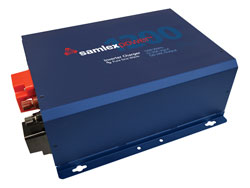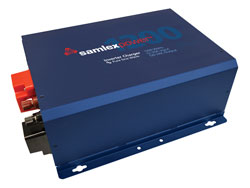I've supported a 48VDC data center. Not real fun.
I keep knocking down my home footprint. I broke down and got a 1/4 rack at a small DC here in town, I'm rolling a single 20A, about $250/mo. Best money I've ever spent, they deal with power problems, air problems, etc. I had to drive over last week to replace a 1U server fan that died. Had not been there in over 6 months. Home cruft is mostly a single 240 L6-20 to a Small 240v UPS and I re-pigtailed to a Nema 5-20 strip (heheheheh, don't tell Tim and I be careful what you plug in there friend, though I did cook an non-autoranging power supply. Most all this stuff is 110-240 these days, the magic smoke was unexpected but predictable. I would have done it the same with a C13.
The point? Home went down to 200W, with another 100W in the closet which took load shifting out of the equation for me, then I went full solar, so it just adds on to my zero line. 2.1KWH (7 * 300) was like $0.60/day on peak. With the right gear, I could probably get another 50-100W off that, the switching is ancient, my total POE load is like 50W, and my 8 bay syno needs to be replaced, I've got it soldered to work around the Atom chipset issue, I'm lazy. I have MY DC power footprint down to 120v/3.5A, as well, it's all low power gear. 240v seemed to drop my usage around 30-35%, I do have 2 small wall warts on a house outlet still, but the 120V UPS showed just under 300W (280-295) and this 240v one shows right at 200 (190-210). YMMV.
To make a long story even longer. . . That being said, you could keep the UPS's you have as is and just put a small ATS in front of the feed breaker for the equipment. Pull it from the panel to ATS common, fresh wire panel to ats secondary, AIO to the ATS primary. Program AIO to turn on at peak, off at the end, and charge off-peak. Nothing fancy, 3 components, ATS, AIO, battery, and some wire, 12/3 or 10/3. Existing UPS's should handle any switch lag from the ATS. Throw a few panels at it later just for fun.






